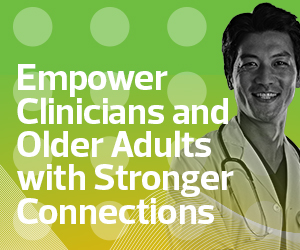Technological Upgrades to Meet Resident Demand
Older adults have changing expectations: They’re more tech savvy than previous generations and may enter independent living communities with more devices. They may also require more access to care to help manage multiple chronic conditions.
So, how can senior care organizations meet the demands of current and prospective residents while also engaging and satisfying a stressed workforce?
Technology plays a key role in achieving these goals. Even something as seemingly straightforward as upgrading infrastructure or high-speed internet access can have a big impact. Joel Snyder, CIO at the Rochester, N.Y.-based Friendly Senior Living, shared that his organization saw improvements after upgrading its network and boosting bandwidth.
DIVE DEEPER: Learn why senior care organizations should invest in updated network infrastructure.
“Providing those services, we’ve been able to reduce costs, but we’ve also increased resident satisfaction,” Snyder said.
For the RiverWoods Group, a New Hampshire-based organization with three communities and more than 1,000 residents, CIO David Lafferty said that residents are more technologically sophisticated — prospective residents even want to know details about the Wi-Fi. It’s crucial for senior care organizations to understand resident preferences and anticipate their needs.
Click the banner below to learn how senior care technology supports caregivers and older adults.














